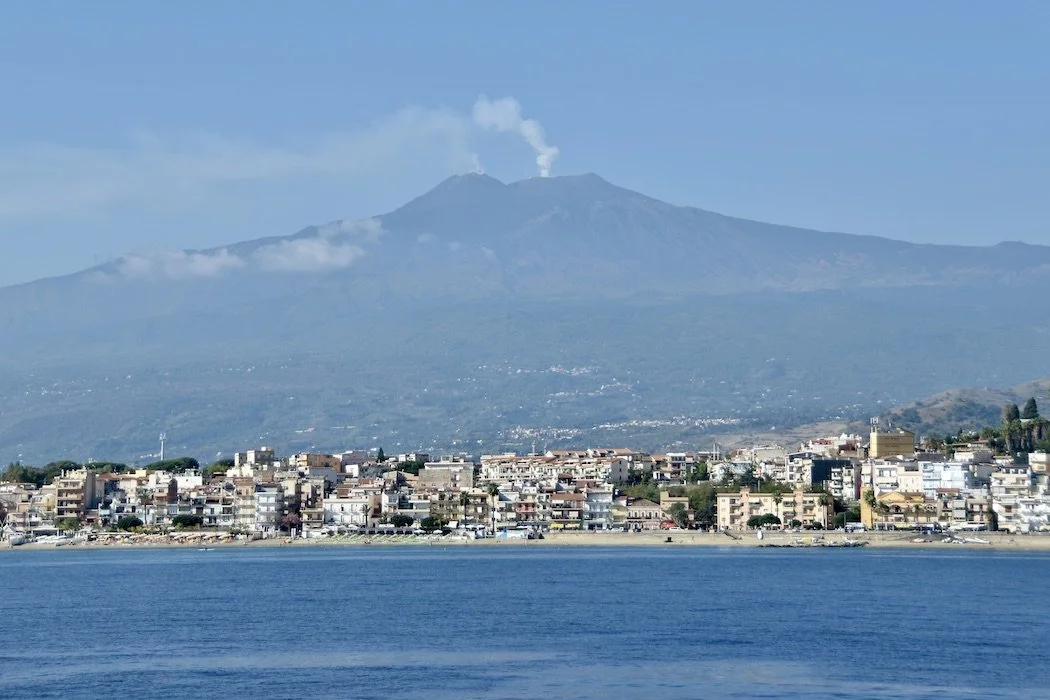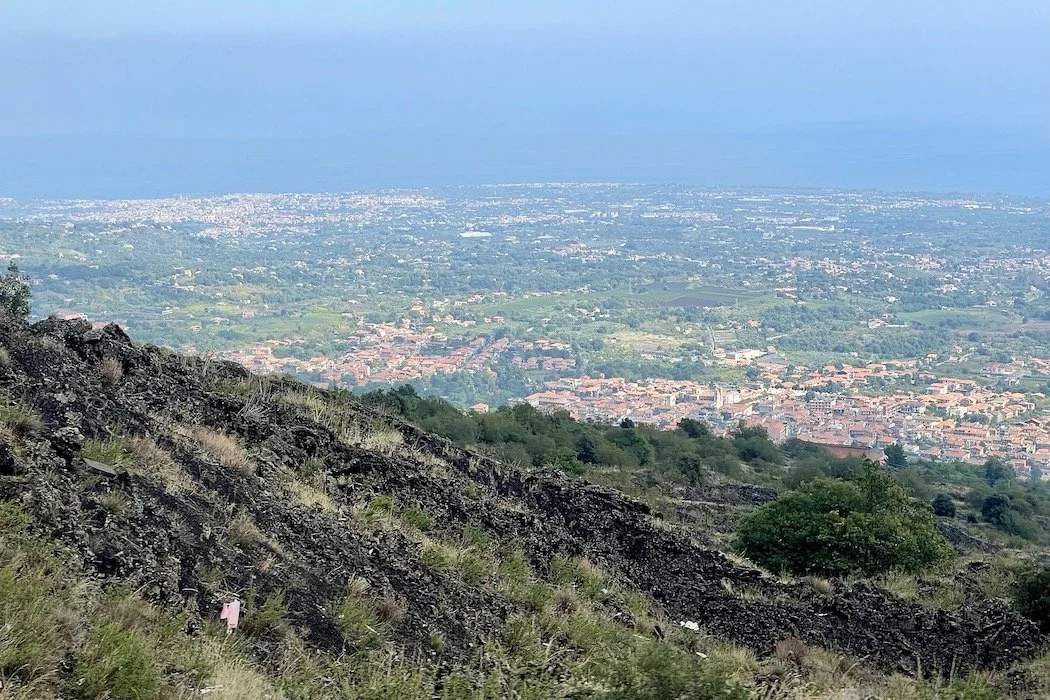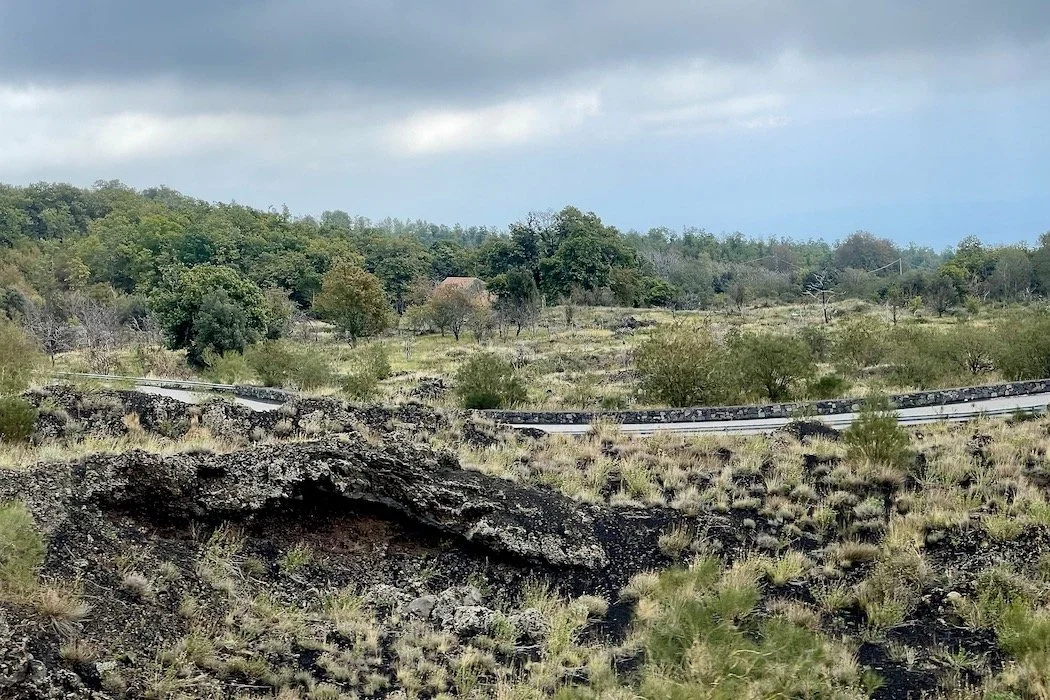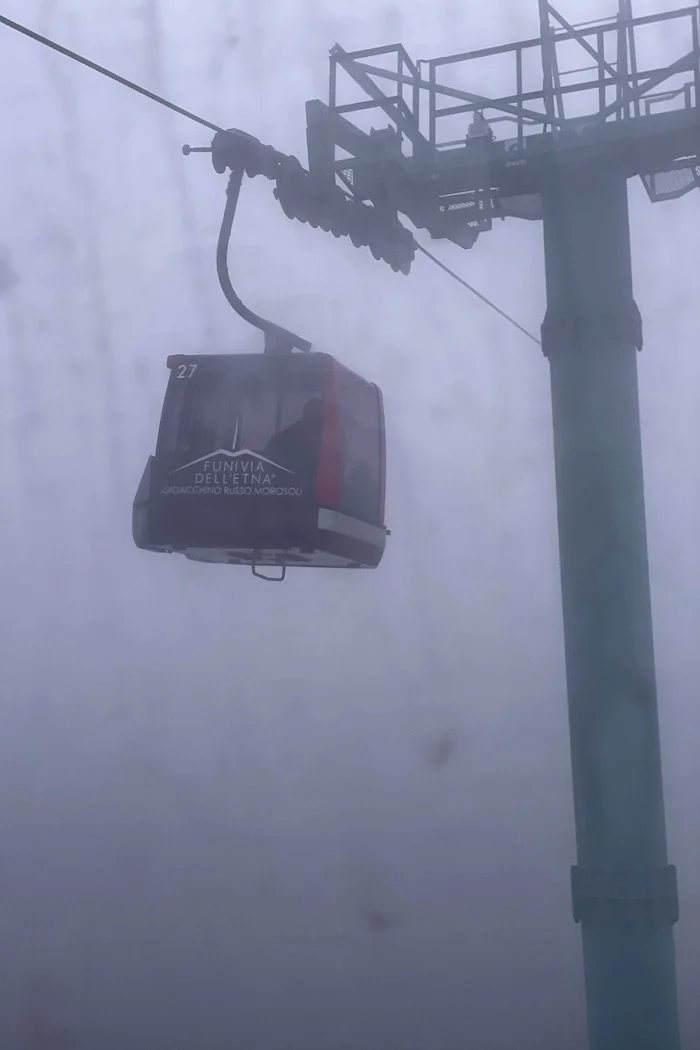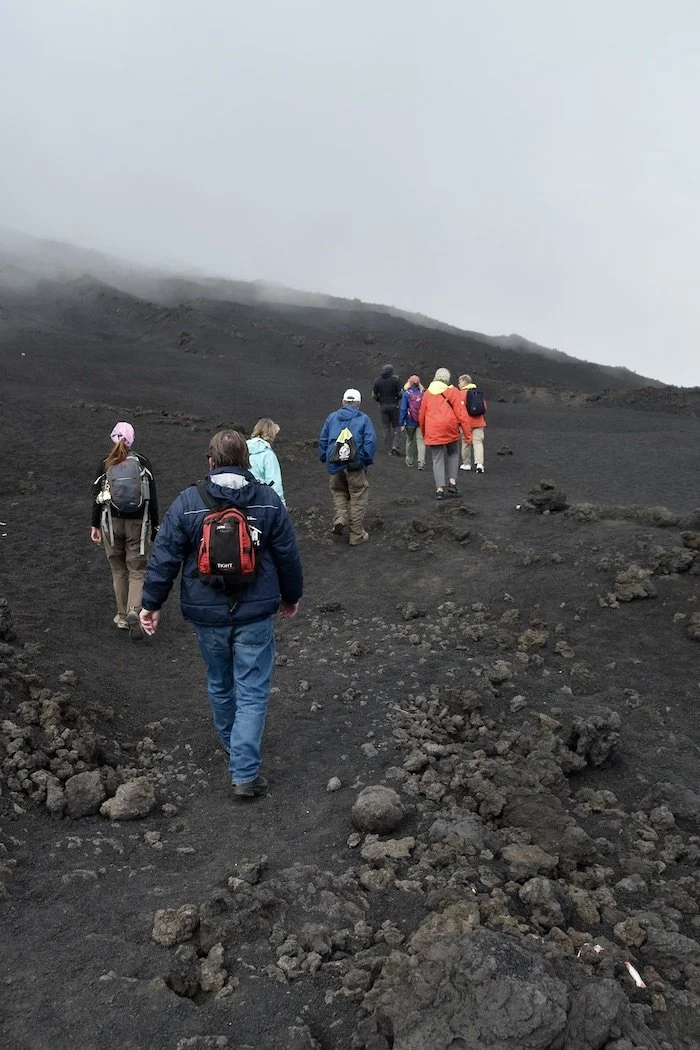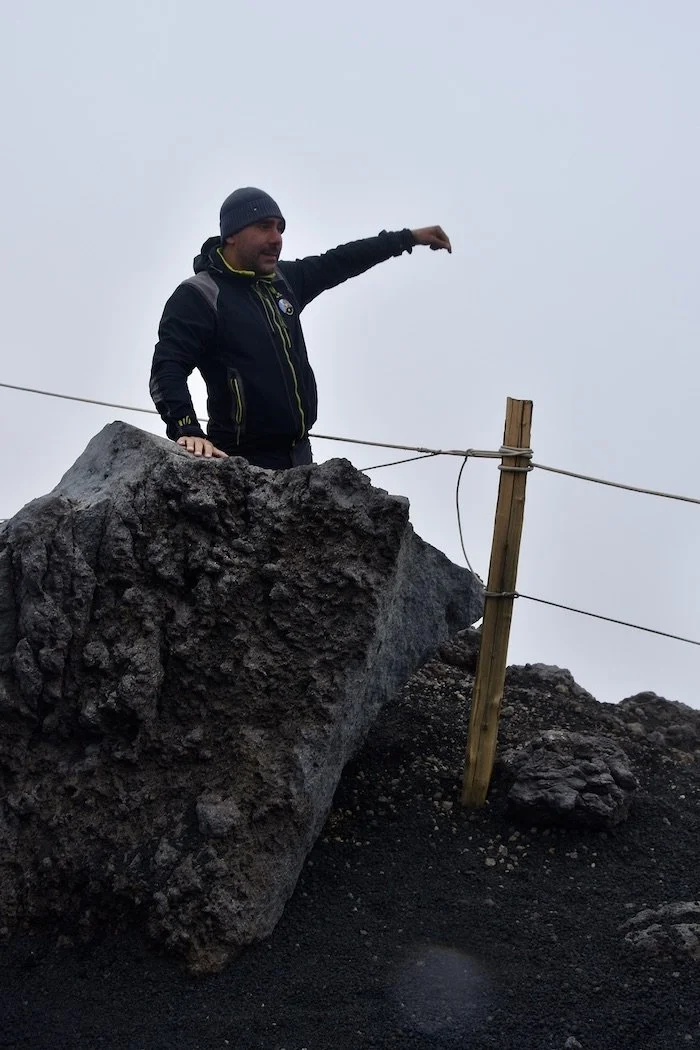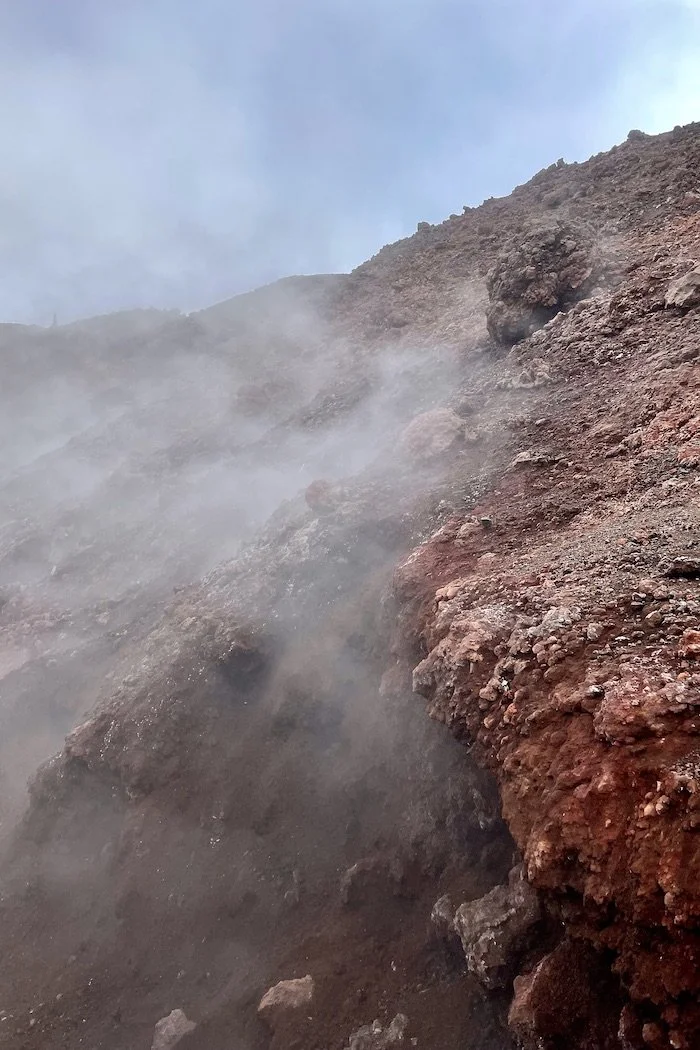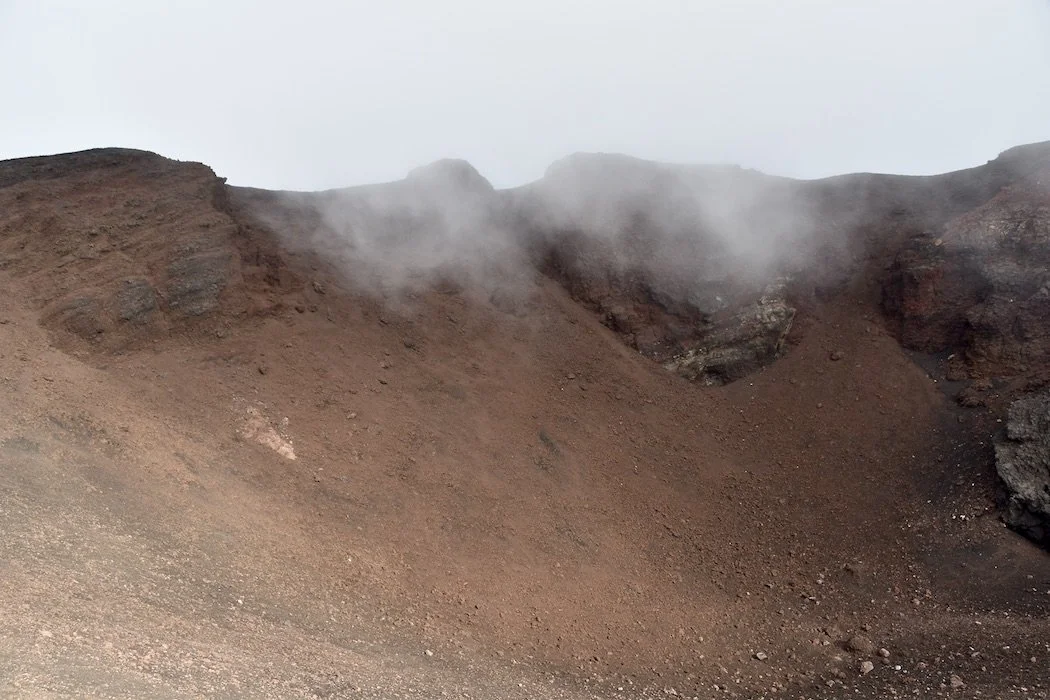Wonder awaits on Mount Etna
“Mystery creates wonder and wonder is the basis of man’s desire to understand.” — Neil Armstrong
When arriving near Catania, Sicily from the Mediterranean Sea, it is impossible to overlook Mount Etna with its smoking peak. Etna’s name comes from either the Greek aitho, meaning “I burn”, or the Phoenician word attuna, meaning chimney or furnace. According to Greek and Roman mythology, the blacksmithing forges of the god Vulcan (Greek: Hephaestus) were said to be underneath. Etna is the highest volcano in Europe, reaching 3350 meters (nearly 11,000 ft) over sea level, covering approximately 1200 square km (463 sq mi). It dominates the Island of Sicily, the three surrounding seas, and Calabria on Italy’s toe, captivating scientists, and visitors as well as locals who come to ski when Etna is snow-covered in the winter.
Etna is positioned on the convergent boundary where the African Plate lies beneath the Eurasian Plate. The rubbing of those plates formed the mountain beginning about a half million years ago and is responsible for the considerable seismic activity and long earthquake history. It is a stratovolcano, a conical-shaped mountain built up by many layers of hardened lava and tephra, with a steep profile and a summit crater.
In 1693, Etna discharged the most powerful volcanic eruption in Italian recorded history, causing destruction as far away as Malta. Repeated eruptions since 2000 make it one of the world’s most active volcanos, and in 2021, Etna erupted so much volcanic material that it added 30 m (100 ft) in height. Most eruptions occur from one of five distinct summit craters, in an explosive and spectacular manner, while flank eruptions occur at a lower altitude within inhabited areas. During four eruptions between 1983 and 2002, lava flows destroyed the cableway and ski area, and access roads.
The drive up from the southern coast is wonderful for the variations in temperature, weather, and scenery. From the coastal suburbs of Catania, the Zafferana road winds through small towns and villages sitting precariously in Etna’s path. Further on, the fertile volcanic soil supports extensive agriculture, specifically vineyards, olive groves, and citrus orchards that line the road and spread across the lower slopes to the Plain of Catania. Then the forests begin, changing in character with elevation. First, there are banana, eucalyptus, and palm trees, followed, after 500 m (1640 feet) elevation, by various nut trees, beech, birch, pine, and the Etna broom (Genista aetnensis), a large flowering shrub that grows into a small tree. Beyond 2100 m (6900 feet) of altitude, small thorny shrubs, grasses, and low-growing flowers flourish among ancient lava flows in the semi-arid zone, and finally, the black volcanic desert stretches into the distance.
From the Sapienza Refuge ski area, the cable car starts up to the mountain station at 2500 m (8200 feet), and from there, off-road vehicles reach authorized craters. With a guide it’s possible to take a leisurely walking excursion across the black moon-like landscape, touch warm iron-tinged red rocks in craters from 1950s eruptions and get as close to the latest lava flows as current safety allows. Fog rolls in regularly, typically in the afternoon, and when it clears, there are breathtaking views of the smoke plume, the Central and South-Eastern craters as well as panorama vistas to the sea.
Don’t Miss:
The surreal experience of walking on the moon-like black lava.
Subscribe for inspiration to have my posts drop directly into your inbox. *If you enjoyed what you read, please share this post with like-minded travelers.*
*All photographs are mine, taken with my Nikon D5600 or iPhone 12 Pro.*

